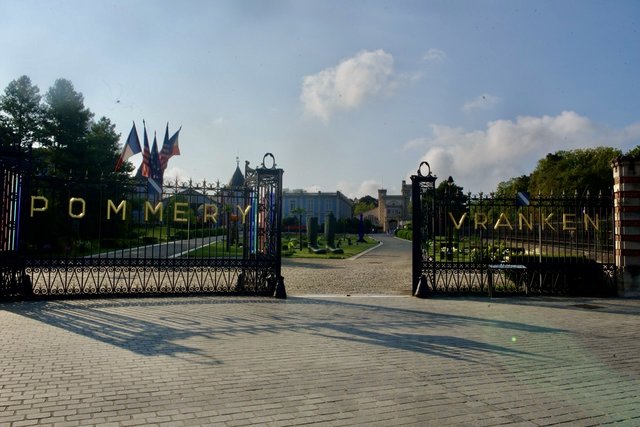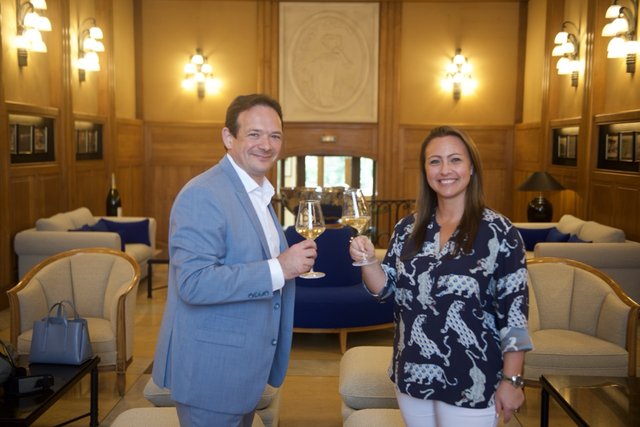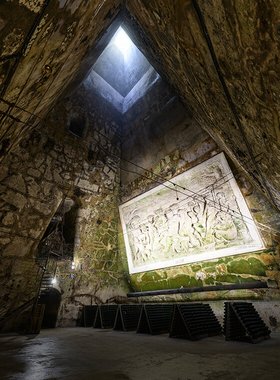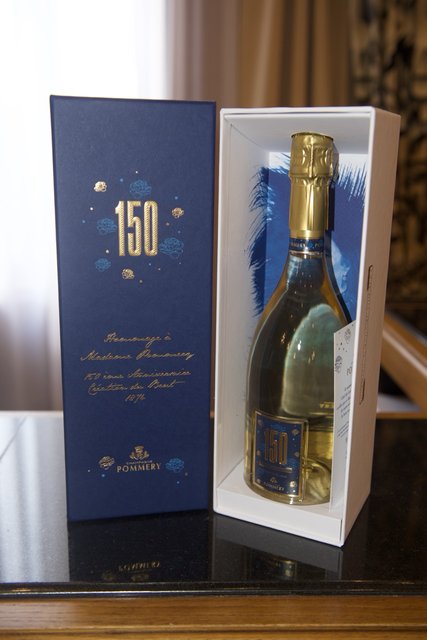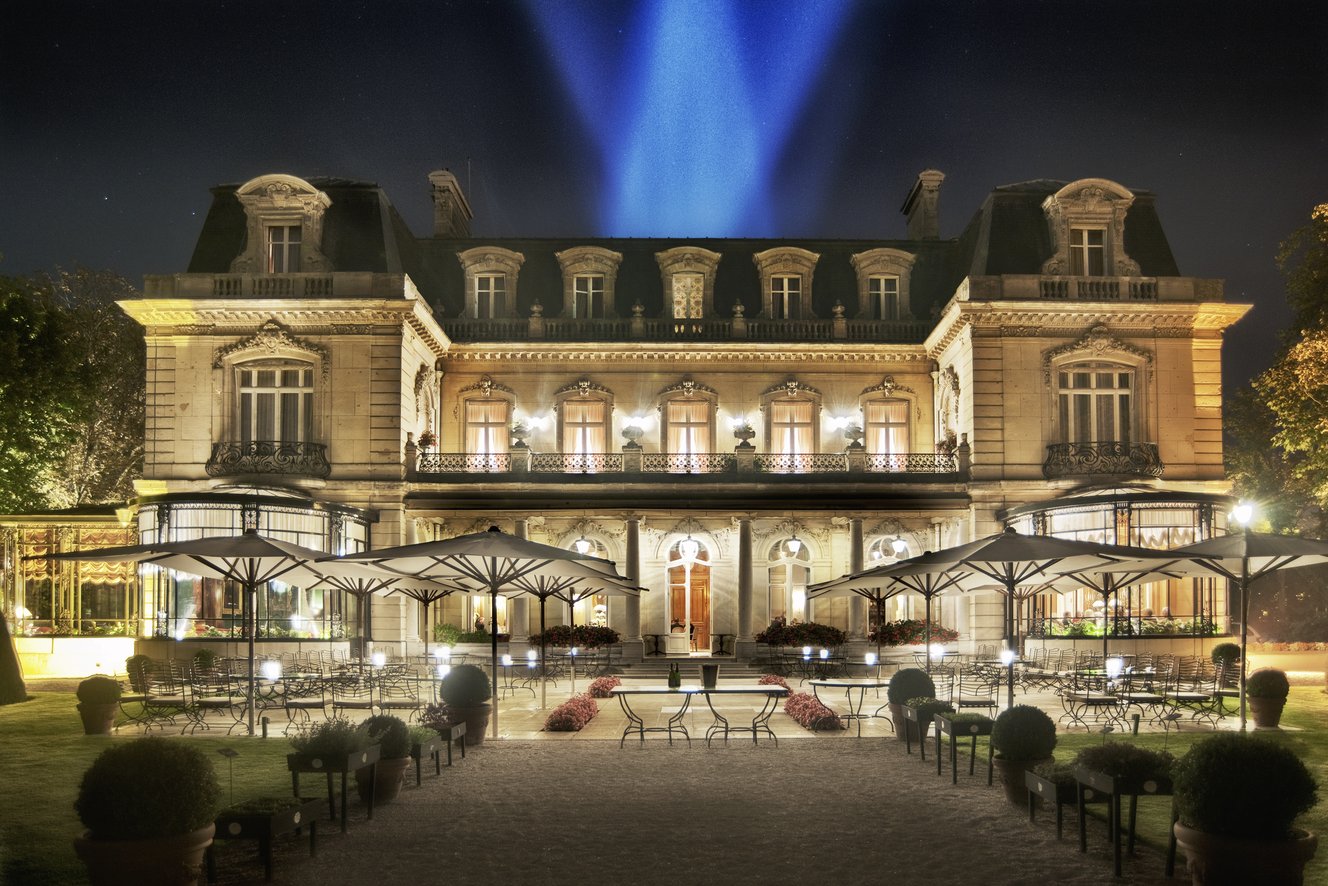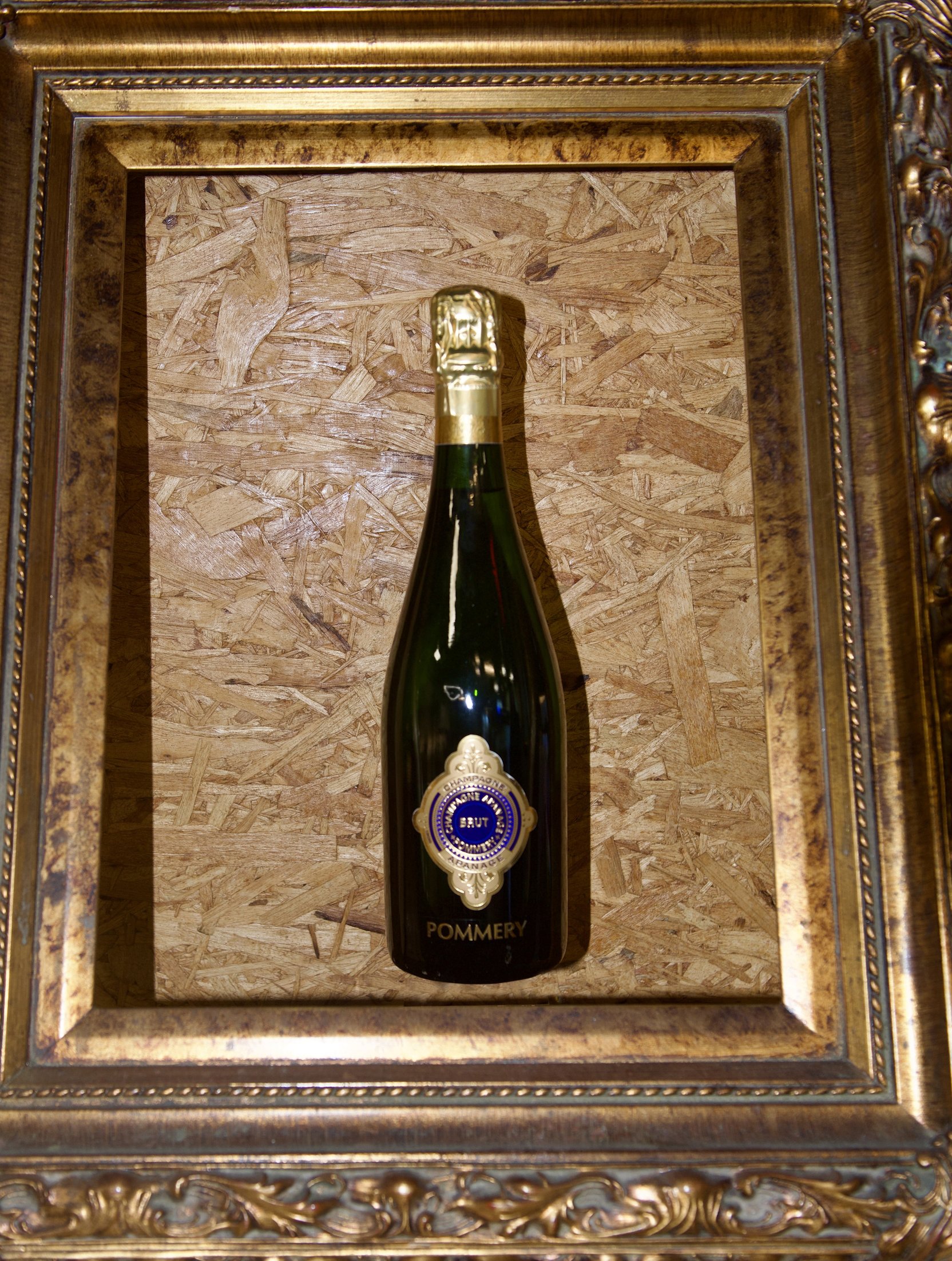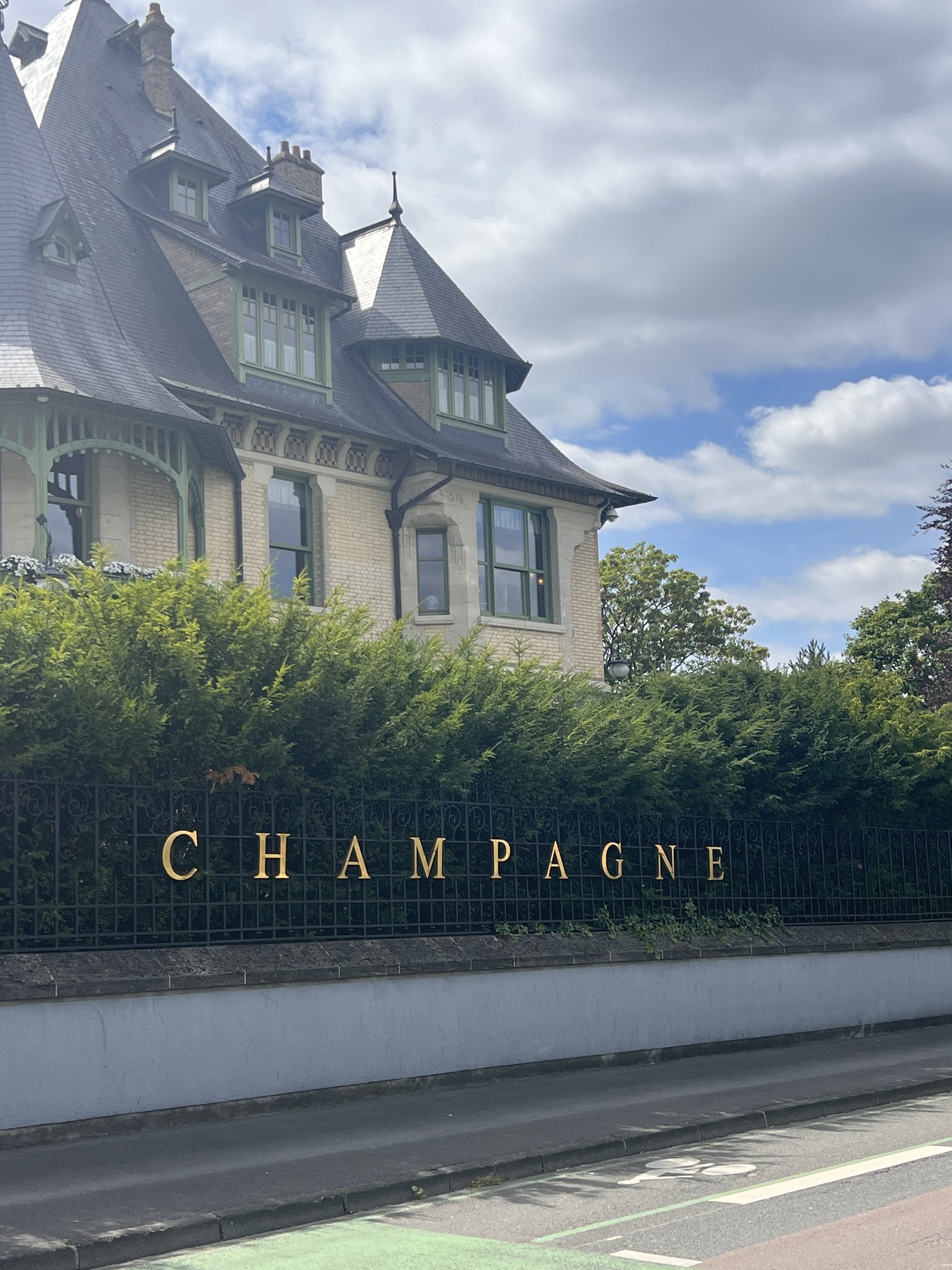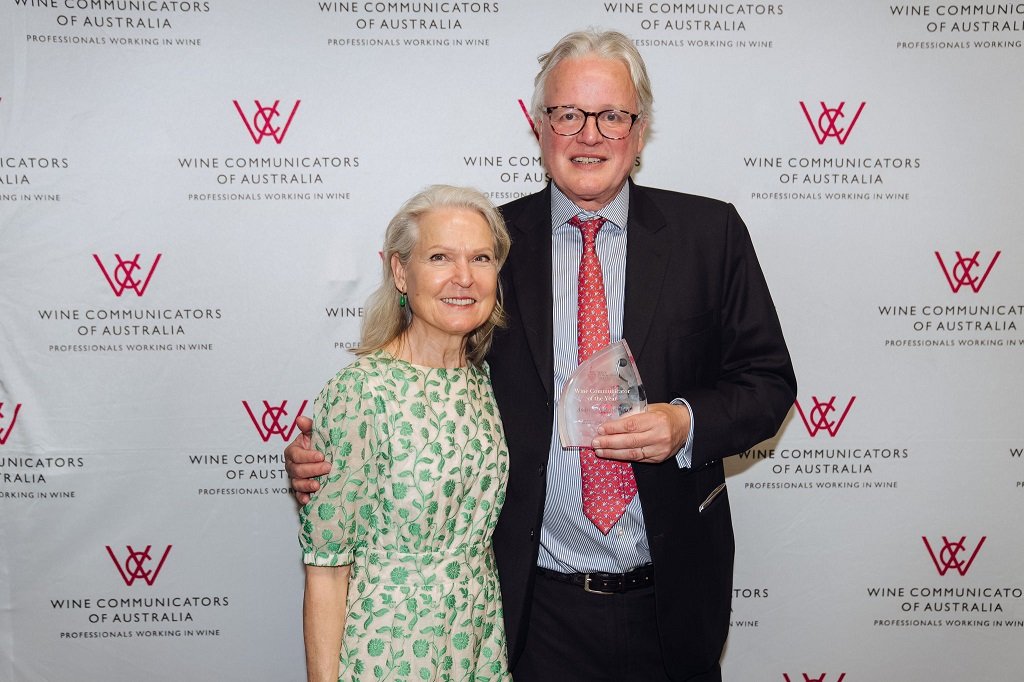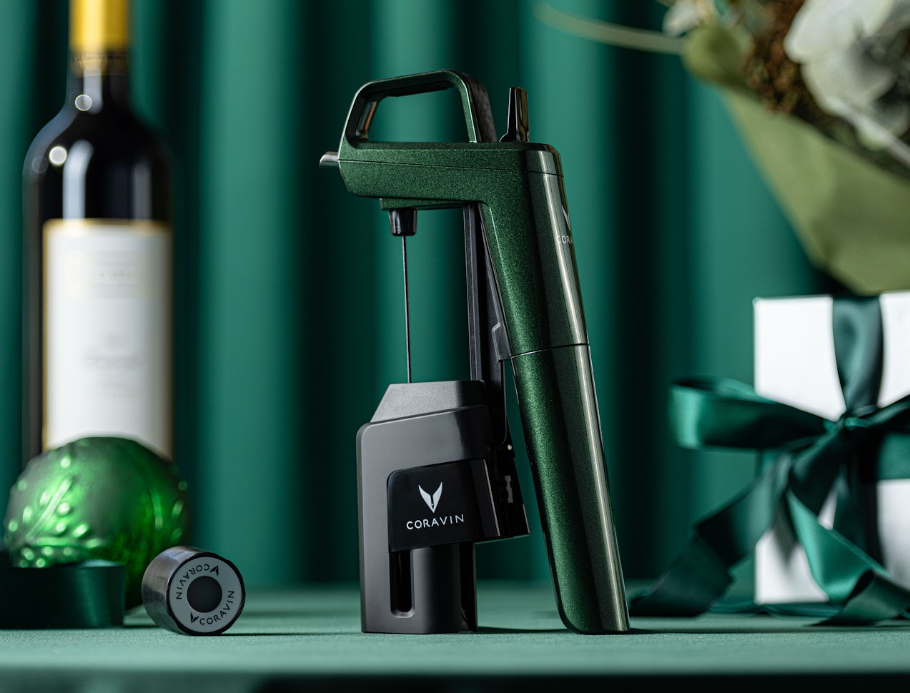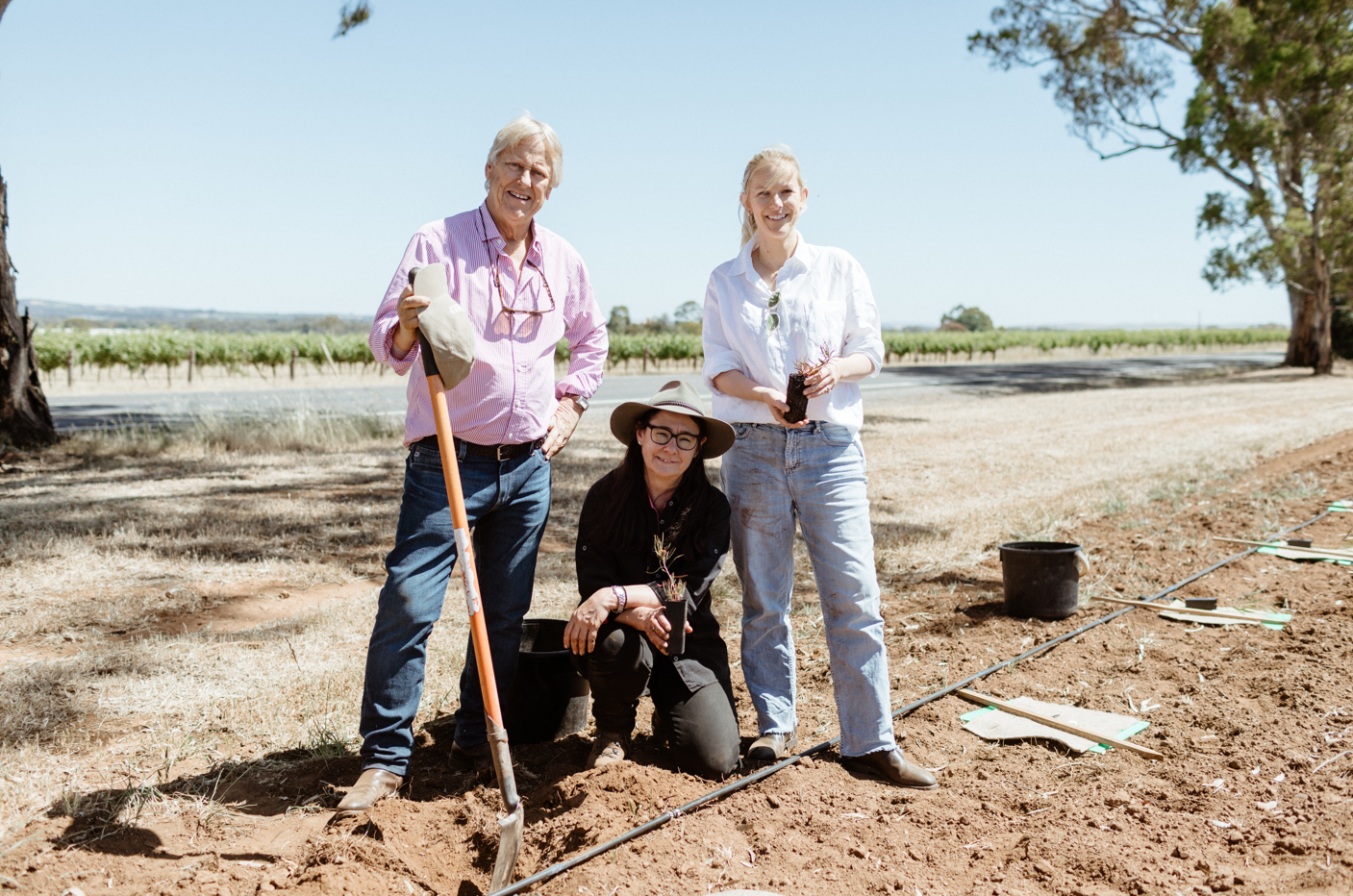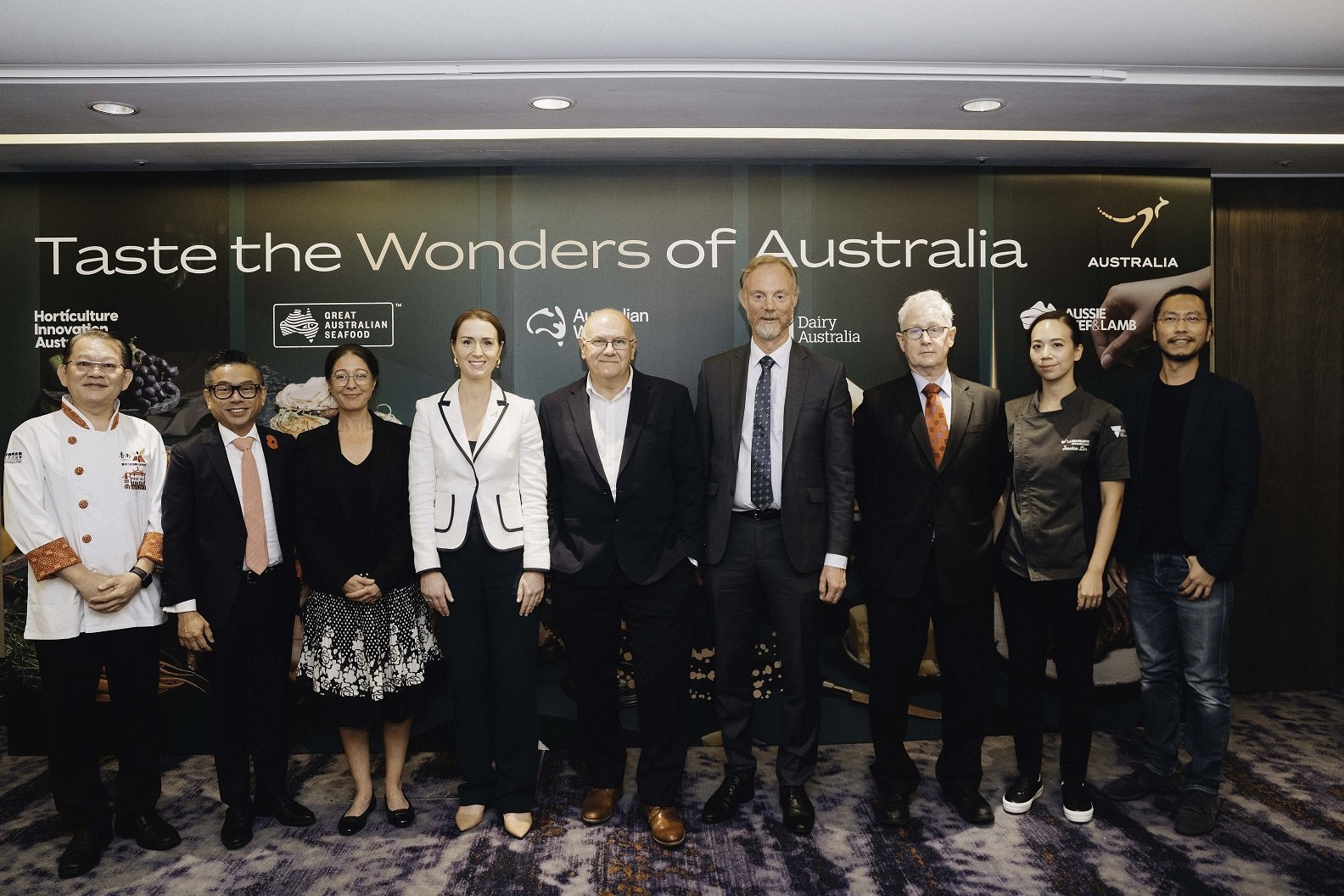The Pommery estate sits majestically on the hillside overlooking Reims, the unofficial capital of Champagne and home to many of the region’s most famous producers. Drinks Trade recently spent the afternoon with Clément Pierlot, Domaine Pommery's chef de cave, learning about the estate and exploring the new expressions Clément and his team have in store.
As you enter the wrought iron gates fronting the Pommery estate, past the ever-evolving art installation on the front lawn and approach the Elizabethan buildings with castle-like with ramparts spanning the production facilities, cellar door, and the spiritual home, the true grandeur of Domaine Pommery cannot be lost on you.
This is site where Alexandre Louis Pommery and Narcisse Greno founded Domaine Pommery in 1858, initially focusing on the wool trade. However, following Alexandre’s death later that year, his widow, Louise Pommery, became the true visionary of the estate. She decided to shift the business's focus entirely to Champagne production, a bold decision at the time as the wool trade seemed on the face of it to be far more profitable.
Her ambitions in producing champagne instead of wool were just the start of a legacy that would change the world of champagne forever and gift the world the brut champagne style we know and love today.
“Madame Pommery took over the business as a 39-year-old widow, in a very troubled time. War was just around the corner; in fact, the Prussians arrived only a few years later in 1870, ” said Clément Pierlot, Domaine Pommery’s chef de cave.
“She wanted to create her own revolution, not just for Pommery but for the entire Champagne region. At the time we were drinking sweet champagne, anywhere from 150 to 300 grams of sugar per litre; to be honest, it was a good way to hide a lack of quality. Madame Pommery had a precise view of what she wanted, and she knew the British market well, and that they wanted dry-style wines,” Pierlot continued.
This was a significant risk, as not only did the high dosage help keep the product stable, but it also allowed the grapes to be picked earlier – a brut style required riper grapes, leaving them on the vine for longer. Producing a dry (or brut) style of Champagne put extraordinary pressure on the whole process, from picking the grapes right through to bottling. It was a revolution in terms of quality.
“That's quite brave to reduce your dosage all the way down… to almost nothing. Very brave and mainly financially brave. It was an educated decision as she (Madame Pommery) knew the important English market well. She’d studied in London and had good contacts there.
The design of the estate was very much with the English in mind too. Customers felt at home when they visited, which turned out to be one of Madame Pommery’s masterstrokes.
“She took her educated risk, by purchasing the grapes still on the vine and leaving them there for one or two more weeks to get extra ripeness. So that was very dangerous. And economically difficult because she was a widow. To prove to the growers that she was able to pay for the grapes she purchased a very famous painting called ‘Les Glaneuses de Millet’ at auction and gifted it to the Musée d'Orsay in Paris. It’s still there today.”
“The new, brut style of Champagne has lots of aging potential, if you want to age, you need a lot of space and that's why we are here. She knew that she needed an estate to make this happen, so she built this in 1868. 70 hectares of property, and 18 kilometers of chalk galleries 30 meters under the ground to store 25 million bottles. It was huge at the time and is still huge now.
To put this in perspective, the entire Champagne region was selling around 10 million bottles at the time that Madame Pommery built cellars to house 25 million bottles. It was just... ambitious.
Madame Pommery's introduction of brut Champagne not only distinguished Pommery as an innovative leader but also set a new trend that would influence the global Champagne industry for generations to come.
Madame Pommery's contributions went beyond winemaking. She is also credited with constructing the magnificent cellars, or "crayères," at the heart of Pommery's operations in Reims. These impressive underground chalk pits, initially carved out by the Romans, provide the perfect environment for aging Champagne, maintaining a constant cool temperature and humidity. The cellars stretch over 18 kilometers and lie 30 meters below ground. Today, these cellars are considered a marvel of architecture and are an essential part of the Pommery experience, drawing visitors from around the world.
In addition to the innovative approach to winemaking and architecture, Madame Pommery was known for her patronage of the arts. She believed that Champagne was not only a drink but a cultural experience. As a result, the Pommery estate in Reims became a haven for artists, showcasing modern sculptures and installations in its historic setting. This tradition continues today, with the Domaine Pommery hosting an annual art exhibition called "Expérience Pommery," which attracts contemporary artists from around the globe.


Chef de Cave Clément Pierlot: A Keeper of Tradition and Quality
At the heart of Pommery's continued success and reputation for excellence is its chef de cave, or cellar master. This role is one of the most critical positions within a Champagne house, responsible for overseeing the blending, aging, and overall production of the wines. The Chef de Cave is a custodian of the house style, ensuring that each bottle of Champagne maintains the same character, flavor profile, and quality that has been associated with the Pommery name for over a century and a half.
Clément Pierlot is a native of Champagne, specifically Aÿ, a village in the center of the region. Pierlot has a profound understanding of the terroir and a deep respect for the traditions of the house. Before assuming his current position, he spent years working alongside his predecessor, Thierry Gasco, one of the most respected cellar masters in Champagne. Under Pierlot’s leadership, Pommery continues to embrace innovation while honoring its rich heritage.
Pierlot’s philosophy in winemaking is rooted in precision, patience, and passion. He meticulously selects grapes from over 300 different crus, or vineyards, across the Champagne region to create the perfect blend that embodies the house style. Pommery is known for its delicate and fresh taste profile, with a bright acidity and fine bubbles—a balance that is achieved through Pierlot's expert blending of Pinot Noir, Pinot Meunier, and Chardonnay grapes.
The Chef de Cave's role is not only about preserving tradition but also about looking toward the future. Pierlot has been instrumental in pioneering sustainable viticulture practices at Pommery. The house has implemented organic farming practices in some of its vineyards and is exploring biodynamic techniques to promote healthier soil and reduce the environmental impact of wine production. Pierlot’s commitment to sustainability ensures that Pommery Champagne will continue to flourish for future generations.
“Champagne is meant for enjoyment, relaxing with a fresh and elegant wine. The most important sense when you drink champagne is here [as Pierlot points to the heart].”



Celebrating 150 Years of Pommery: A Landmark Release
In 2024, Pommery marked an extraordinary milestone—the 150th anniversary of the introduction of its iconic Brut Champagne. This celebration is not just a commemoration of a historical achievement but also a tribute to the spirit of innovation and excellence that Madame Pommery instilled in the house. To honour this occasion, Pierlot has released two special cuvées, "Pommery 150 NV" and Pommery Brut Apanage
“After 150 years we had to pay homage to Madame Pommery and create something for the anniversary. So that's why we are here today.”
“The Pommery 150 NV was made in 2016. It's the first clear bottle in the history of Pommery, and the last one as well. We don't use clear bottles in the range because I don't like it as a winemaker (because of light strike). However, for the anniversary edition, we wanted to make something special, and we’ve protected it with the wrapping and the box. During the production phase, we had to change all the lights because of the clear bottle and the impact of UV on Champagne.”
The Pommery 150 NV is a limited edition; it's only for this year with only 10,000 bottles to cover the global market and just 800 bottles for Australia. It comes in a special gift box with the bottle number.
“The yields were very low in 2016, so we decided not to make any Prestige Cuvée. No Grand Cru, no Cuvée Louise. The best tanks of 2016 have gone in this Cuvée, so it's a blanc de blanc, and the wine has a huge potential of aging. You can keep it for 5-10 years without any problem, but I recommend keeping it in the box,” said Pierlot.
The Pommery Brut Apanage is made using 17 Grand Cru or Premier Cru vineyards and a blend of the 2018, 2015 and 2012 vintages.
As Pierlot pours the Brut Apanage we can see the brilliant pale yellow, effervescence, and strong mousse jumping out of the glass.
“This wine was left to mature for another six months in the chalk cellars, which allows the wines to express the subtlety and finesse of the Pommery style. I get citrus, particularly pink grapefruit, and an elegant creaminess. On the palate there’s hazelnuts and dried apricot and then vanilla notes, light tobacco and shortbread”



Pommery Today: A Champagne House for the Modern Era
Today, Pommery remains one of the most respected and beloved Champagne houses in the world. It continues to build on the legacy of Madame Pommery, combining tradition with innovation to create exceptional wines that delight the senses and elevate celebrations. The house is known for its diverse range of Champagnes, from the classic Brut Royal to the prestige cuvée, Cuvée Louise, each crafted with meticulous attention to detail and a deep respect for the terroir.
Pommery's dedication to excellence extends beyond the bottle. The house is actively engaged in promoting sustainability and social responsibility in the wine industry. It is a member of the “Vignerons Engagés” (Sustainable Winegrowers), a group of producers committed to environmentally friendly viticulture practices. The estate is also involved in various charitable initiatives, supporting local communities and cultural projects.
Pierlot offered his vision for the house: “Our raison d'être in truth is the terroir. It means everything; the terroir is the soil, the biodiversity, but also the climate. We are working a lot on this. We are a family-owned company so this is not something decided in Paris. The boss is just upstairs, and he really wants to change things for his grandchildren and for all the family.”
“We changed all our vehicles from internal combustion engines to electrical engines, which will be complete in two years’ time. That’s not easy in an agricultural business.”
Pommery continues to innovate and adapt to changing consumer preferences. It has embraced digital technology to reach a global audience, offering virtual tastings, online tours of its cellars, and interactive experiences that allow Champagne lovers to discover the magic of Pommery from anywhere in the world.
This article was originally published in Drinks Trade #92 Spring 2024, available to read for free here.
Share the content

